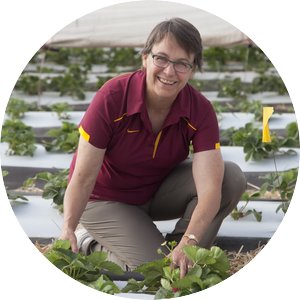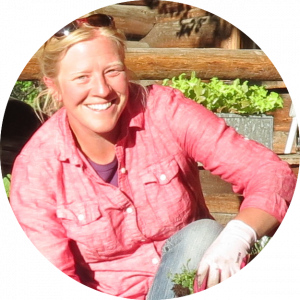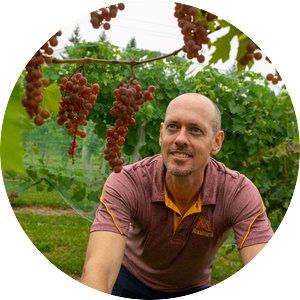Introduction and Acknowledgements
How to use this book
This book was designed and optimized to be read online. You can navigate through the book by clicking the Contents dropdown and selecting a chapter. You can also navigate by using the Next and Previous links in the red bar at the bottom of each page.
If you require offline access, you can download this book as a PDF or Epub. On the title page under the cover image, click the Download dropdown and choose the format you would like to download.
About this book
This book was developed by faculty and staff at the University of Minnesota Department of Horticultural Science for use in HORT 1001 Plant Propagation.
Acknowledgements
The authors would like to thank the following people for their contributions to this work. First, this book would not have been possible without the University of Minnesota Libraries Publishing team. Laureen Boutang and Shane Nackerud guided the process of developing this book with enthusiasm and precision. Their vision, insight, and remarkable attention to detail aligned many moving parts into a polished, cohesive book. Julia Kelly, Horticulture Librarian, led the monumental task of sourcing images for this book.
Special thanks to Dr. Claire Luby, whose collaboration on developing a partner course at University of Wisconsin, Madison helped establish the concept for this book.
Authors
Dr. Tom Michaels

Dr. Michaels enjoys investigating phenotypic variations among plants, determining whether they have a genetic basis, and using them to select for improved cultivars. His current work focuses on dry edible beans, industrial hemp, sweet sorghum, and lettuce for organic and small farm production systems. He is passionate about developing and delivering effective undergraduate learning experiences for his students in face-to-face and online formats.
Dr. Emily Hoover

Dr. Hoover’s research examines production methodologies for producing fruit crops with sustainable methods, emphasizing practices that are gentle on the environment. She and her colleagues have developed systems for minimizing weed pressure in June- bearing strawberries and for producing day-neutral strawberries in cold climates. She is also part of the international research group
NC140, which studies the winter hardiness of apple rootstocks. She was appointed Head of the Department of Horticultural Science at the University of Minnesota (UMN) in 2009, and leads a diverse group of faculty and staff who work to produce knowledge on a wide range of plant species, including traditional horticultural plants, fruits, vegetables, and flowers.
Emily Tepe

Ms. Tepe works with a team that researches sustainable techniques for growing fruit crops in cold climates. She manages and writes for the
UMN Fruit Research blog, which highlights fruit breeding and production research at UMN, and works with UMN’s Extension On-Farm Food Safety Program to interpret food safety legislation for produce farmers across Minnesota. Since 2016, much of her work has focused on best practices for online teaching and innovative course design; she is committed to developing high quality online learning experiences for students in the Department of Horticultural Science.
Laura Irish

Ms. Irish received her BS in Horticulture, with an emphasis in public horticulture, in 2015. She went directly into her master’s program, working on a collaboration between the Iowa SNAP-Ed and Master Gardener programs that involved working with master gardeners on food security projects across the state. As both an undergrad and a graduate student she served as a teaching assistant for the introductory horticulture course labs, the hands-on horticulture lab, and the upper-level plant propagation course. She teaches the plant propagation labs at UMN and advises the Horticulture Club.
Dr. Matt Clark

Dr. Clark’s research focuses on using both traditional and molecular plant breeding approaches to develop improved grape cultivars for cold-climate wine production. One key area of his research is studying the genetics behind the unique resistances to common grapevine pests such as powdery mildew, phylloxera, downy mildew, and black rot in our hybrid germplasm. His goal is to develop new grape varieties with multiple resistances so that growers can reduce the amounts of pesticides applied in a season.
Dr. Alan Smith

Dr. Smith researches plant reproduction and non-native invasive plants, along with consumer and grower perceptions of bioengineering risks and benefits. He uses insights from these areas to improve specialty crops and mange invasive plants. He is a graduate faculty member of the Plant and Microbial Biological Sciences and the Applied Plant Sciences graduate programs at UMN, and a member of Microbial and Plant Genomics Institute.







